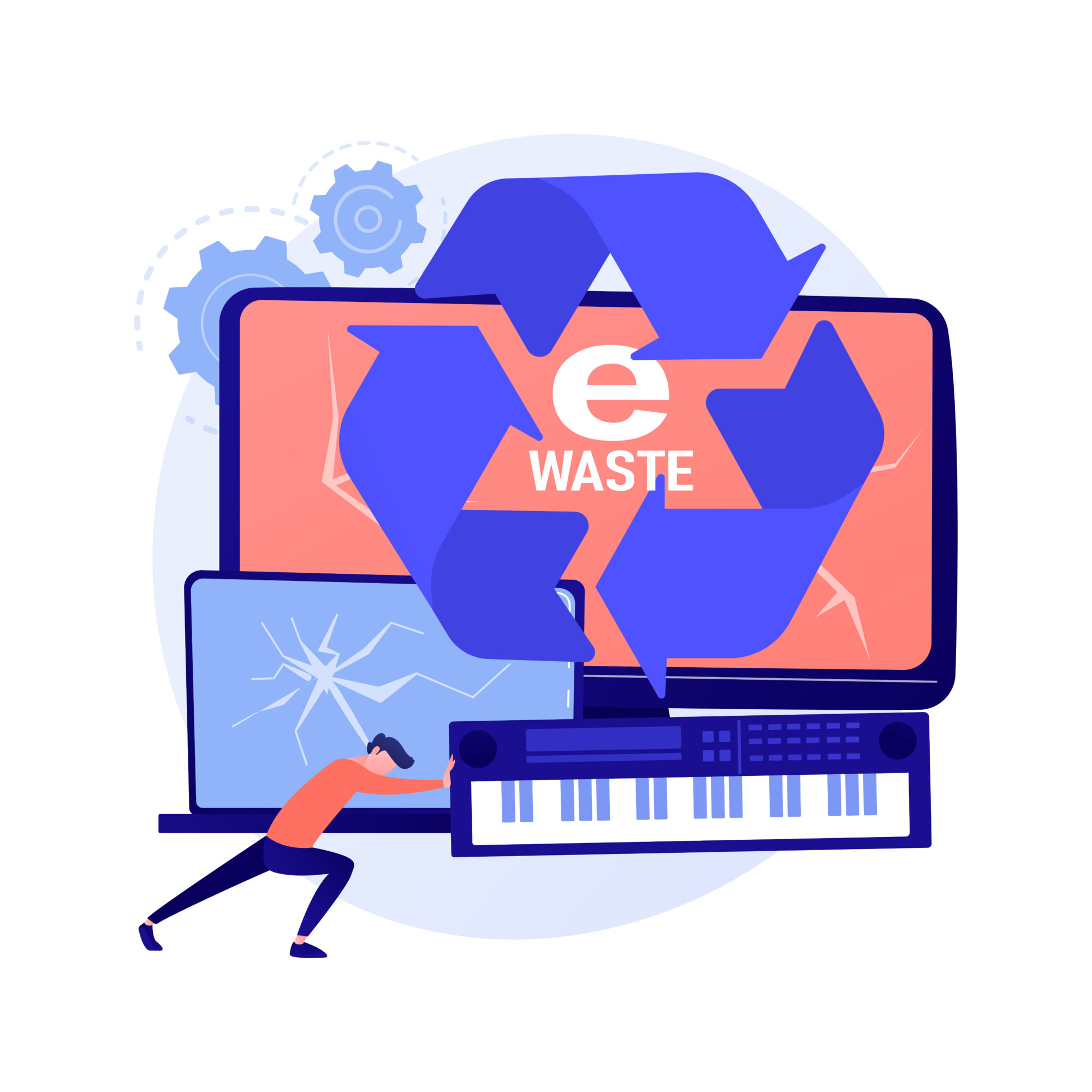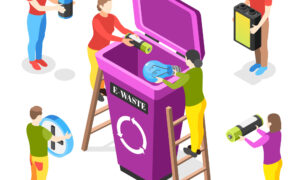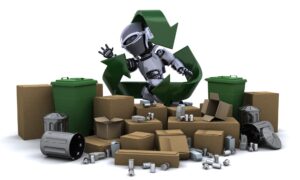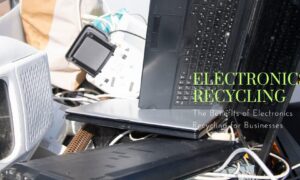As smart technology increasingly enters the world of pet care, devices like automated feeders, GPS-enabled pet trackers, and electronic collars (e-collars) have become commonplace in many households. These tools offer convenience, improved safety, and behavior training support for pet owners. However, as with all electronics, these items eventually reach the end of their useful lives. Disposing of such devices responsibly is essential to prevent environmental harm and manage the growing problem of e-waste.
The Composition and Lifespan of Pet Tech Devices
Automated pet feeders often include components such as timers, motors, sensors, displays, and circuit boards, all housed within plastic or metal casings. They may also include Wi-Fi or Bluetooth modules for remote operation. Similarly, pet trackers are typically compact devices equipped with GPS chips, lithium-ion batteries, and antennae. E-collars, used for training or containment, contain electronics that emit signals, sounds, or mild stimuli, depending on their function.
These devices, while designed to be durable, are still vulnerable to wear and tear, especially due to exposure to moisture, impacts, and battery degradation. Once the battery no longer holds a charge or the electronics fail, the devices are often discarded. Because they combine electronic components with plastic housing, they cannot be safely disposed of with regular household waste.
Environmental Risks of Improper Disposal
Improper disposal of electronic pet care devices poses risks similar to those of other e-waste. Lithium-ion batteries can be hazardous when punctured or incinerated, sometimes leading to fires or the release of toxic fumes. Circuit boards contain heavy metals such as lead, cadmium, and mercury, which can contaminate soil and water if they end up in landfills. The plastic casings, often not biodegradable, contribute to the mounting issue of long-term plastic pollution.
These risks are especially concerning given the increase in smart pet tech ownership. As more households adopt these devices, the number of units being discarded annually is also expected to rise. Without proper awareness and disposal mechanisms, this seemingly niche category of e-waste could have a disproportionately large impact on localized waste streams.
Recycling and Repurposing Options
To manage this stream of waste, the most sustainable approach involves recycling or repurposing the devices. Local recycling programs or e-waste collection events may accept small electronics, including pet tech. Before discarding, pet owners should remove batteries, which often require separate recycling procedures, especially if they are lithium-based.
Some manufacturers offer take-back or mail-in programs for their electronic pet products, accepting them at the end of their life cycle for responsible recycling or refurbishment. Though not all brands provide this service, it’s worth checking with the device’s manufacturer or retailer before disposal.
In some cases, partially functioning units can be donated or repurposed. For instance, shelters or pet rescues may accept working feeders or training collars. Alternatively, individuals with technical skills may be able to refurbish or reuse the parts for other pet care solutions or DIY projects.
Raising Consumer Awareness
Pet owners often don’t associate their pets’ accessories with e-waste, leading to lower participation in proper disposal practices. Educational efforts aimed at increasing awareness about the electronic content of these items and their environmental impact could go a long way in improving disposal habits. Clear labeling on products, user manuals that include disposal guidelines, and point-of-sale information could help bridge this gap.
Additionally, including e-waste information at veterinary offices, pet stores, and online pet care communities can provide relevant touchpoints for reaching consumers with guidance on responsible end-of-life handling.
Encouraging Better Product Design
While individual consumers play a significant role in e-waste reduction, manufacturers also have a responsibility to design products with end-of-life disposal in mind. Devices that can be easily disassembled for recycling or are made from fewer, more recyclable materials simplify the recycling process. Rechargeable batteries that can be replaced rather than discarded with the entire unit can also significantly extend product life.
Smart design choices and modular construction not only benefit recyclers but also appeal to environmentally conscious consumers. As demand for sustainable products grows, companies in the pet tech industry may be incentivized to adopt more eco-friendly practices.
Conclusion
The rise of pet tech brings with it not only convenience but also responsibility. Disposing of automated feeders, GPS pet trackers, and e-collars requires thoughtful consideration due to their electronic components and battery contents. By embracing recycling, repurposing, and consumer education, the pet care industry and its users can help curb the environmental impact of these small yet significant contributors to the global e-waste challenge.



































